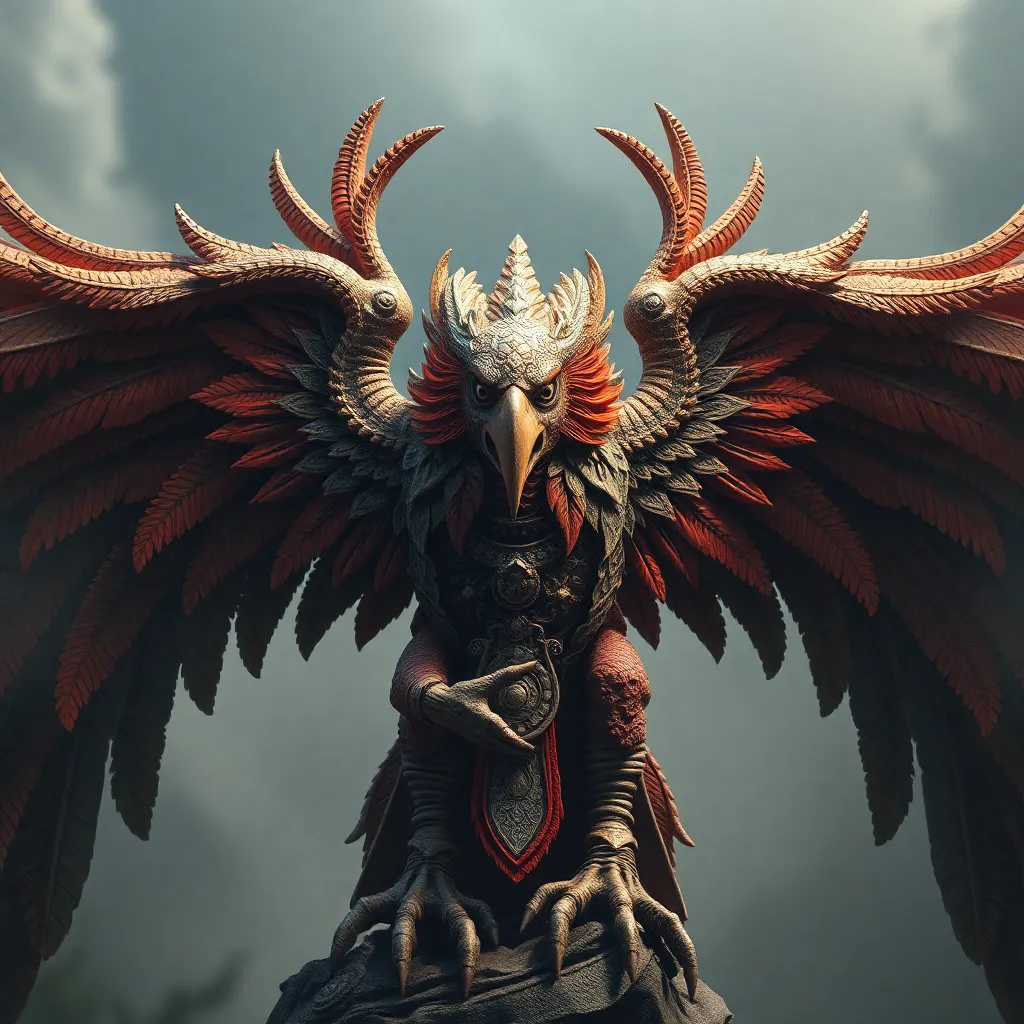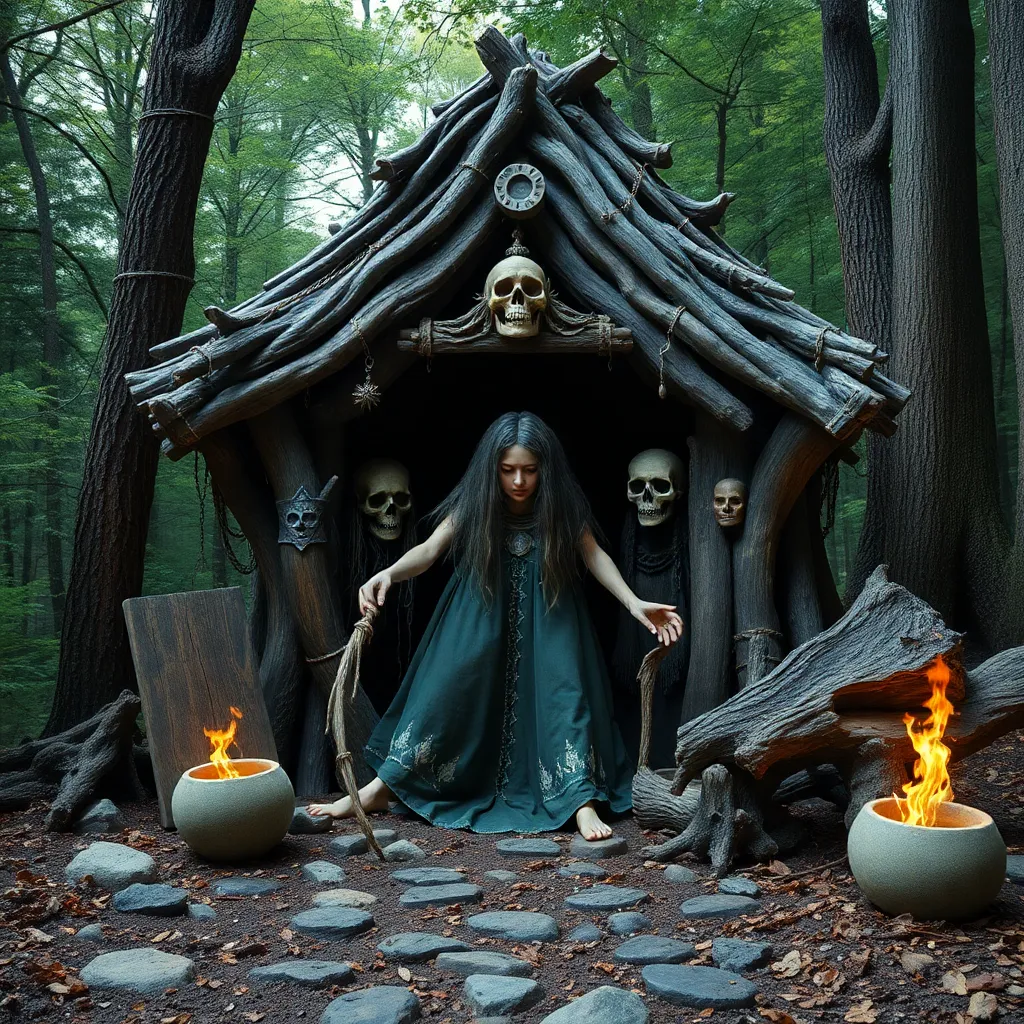Chinese Mythological Creatures: From Qilin to Pixiu
Chinese mythology is a treasure trove of fascinating creatures, each with its own unique powers and symbolism. From the majestic Qilin to the mischievous Nian, these mythical beings have captured the imagination of the Chinese people for centuries. In this article, we'll explore some of the most iconic Chinese mythological creatures, delving into their origins, characteristics, and significance in Chinese culture.
I. Introduction
Chinese mythology is deeply intertwined with the country's rich history, tradition, and folklore. It is a vibrant tapestry of gods, goddesses, spirits, and creatures that have played a significant role in shaping Chinese beliefs, art, and literature. These mythical creatures are not only fascinating in their own right, but they also offer insights into the values, fears, and aspirations of the Chinese people.
II. Qilin: The Auspicious Beast
The Qilin is one of the most revered mythological creatures in Chinese culture. It is often depicted as a chimeric beast with the body of a deer, the head of a dragon, and the scales of a fish. The Qilin is said to bring good luck, prosperity, and protection to those who encounter it. In ancient times, the appearance of a Qilin was considered an auspicious sign, often heralding the birth of a great ruler or the advent of a golden age.
III. Dragon: The Powerful Ruler
The dragon is another iconic Chinese mythological creature. It is often depicted as a long, serpentine creature with four legs, a horned head, and a long, flowing tail. Dragons are said to be powerful and wise, and they are often associated with rain, thunder, and water. In Chinese culture, the dragon is revered as a symbol of power, prosperity, and good fortune. It is also considered to be the guardian of the four directions and the protector of the Chinese people.
IV. Phoenix: The Sacred Bird
The phoenix is a mythical bird that is often depicted with a long, flowing tail and vibrant plumage. It is said to be the king of all birds, and it is often associated with the sun, fire, and rebirth. In Chinese culture, the phoenix is a symbol of beauty, grace, and prosperity. It is also considered to be a harbinger of good luck and happiness.
V. Tortoise: The Wise Sage
The tortoise is a mythological creature that is often depicted as a slow-moving, long-living reptile. It is said to be wise and knowledgeable, and it is often associated with longevity, good fortune, and stability. In Chinese culture, the tortoise is revered as a symbol of wisdom, patience, and perseverance. It is also considered to be a guardian of the underworld and a protector of the Chinese people.
VI. Unicorn: The Noble Steed
The unicorn is a mythical creature that is often depicted as a white horse with a single horn on its forehead. It is said to be a gentle and noble animal, and it is often associated with purity, innocence, and healing. In Chinese culture, the unicorn is revered as a symbol of good fortune, prosperity, and longevity. It is also considered to be a guardian of the imperial palace and a protector of the Chinese people.
VII. Pixiu: The Wealth Bringer
The Pixiu is a mythical creature that is often depicted as a hybrid between a lion and a dragon. It is said to have the head of a lion, the body of a horse, and the tail of a dragon. The Pixiu is believed to be a powerful wealth bringer, and it is often used as a feng shui charm to attract money and good fortune. In Chinese culture, the Pixiu is revered as a symbol of prosperity, wealth, and protection. It is also considered to be a guardian of the financial realm and a protector of the Chinese people.
VIII. Nian: The Lunar Beast
The Nian is a mythical creature that is said to be the cause of all the bad luck and misfortune that occurs during the Chinese New Year. It is often depicted as a ferocious beast with a long, serpentine body and a large, horned head. The Nian is said to fear loud noises and bright lights, and it is often chased away by firecrackers and fireworks. In Chinese culture, the Nian is revered as a symbol of evil and misfortune. It is also considered to be a guardian of the underworld and a protector of the Chinese people.
IX. Sun Wukong: The Monkey King
Sun Wukong is a mythological character who is said to be the Monkey King. He is often depicted as a mischievous and powerful monkey who is able to transform into various shapes and sizes. Sun Wukong is said to have been born from a stone, and he is believed to be immortal. In Chinese culture, Sun Wukong is revered as a symbol of rebellion, freedom, and perseverance. He is also considered to be a guardian of the Chinese people and a protector of the Chinese people.
X. Conclusion
Chinese mythological creatures are a fascinating and diverse group of beings that have played a significant role in Chinese culture for centuries. These creatures represent the values, fears, and aspirations of the Chinese people, and they continue to inspire and enchant people today.
FAQ
What are the most popular Chinese mythological creatures?
- Some of the most popular Chinese mythological creatures include the Qilin, the dragon, the phoenix, the tortoise, the unicorn, the Pixiu, the Nian, and Sun Wukong.
What is the significance of Chinese mythological creatures?
- Chinese mythological creatures are significant because they represent the values, fears, and aspirations of the Chinese people. They also play an important role in Chinese folklore and literature.
How are Chinese mythological creatures used in modern culture?
Chinese mythological creatures are used in modern culture in a variety of ways, including in movies, television shows, video games, and books. They are also used in feng shui and other forms of Chinese traditional medicine.



